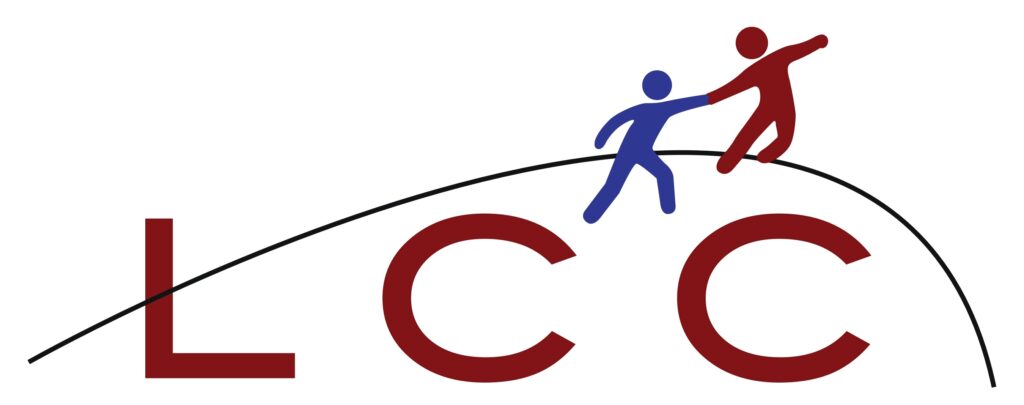Strange Bedfellows: Standardized Testing and Practical Intelligence

By Caleb Zimmerman
As a nearly full-time test preparation instructor, I am often frustrated by a lack of correlation between practical intelligence and high test scores. The reality facing tutors of even the most committed students is that, regardless of how well such students might perform in the classroom or how successfully they may have learned to navigate life’s nuances, a great deal of work lies between students and an exceptional test score. But isn’t success inside the classroom and intelligence in life outside of it what colleges are seeking in potential applicants?
David Coleman, President of the College Board, believes so.
Coleman announced a plan to improve SAT questions in order to make them more relevant to what students are learning in the classroom and using in their daily lives, jettisoning from the test’s vocabulary words like “pugnacious,” “redolent,” and “membranous,” as well as this clause’s verb. The problem with such SAT terms, Coleman argues, is that they are only that – SAT terms. Many of them are difficult to apply to situations relevant to the students taking the tests.
In mathematics, Coleman wishes to emphasize problems with proportional reasoning, linear equations, linear functions, and similar question types. In addition, he argues that the exam should be more about the applications of mathematics rather than just “picking the right answer.” Ultimately, he wants students to not only use proper argumentative structures, but also to apply them to real-life situations. Coleman’s desire is equally apparent in his qualms about the SAT’s essay, which he feels can reward form while sacrificing accuracy. If Mr. Coleman has his way, the SAT will adapt to eliminate these aspects, but keep its basic format the same.
The ACT, ever the SAT’s close competitor, is undergoing pervasive changes of its own. Unlike the SAT, ACT content will remain consistent; however, starting in 2015, the ACT will become available via computer. And, just as the College Board hopes to pattern the SAT’s future incarnations after its AP tests, the ACT is adding free-response questions with on-screen images and graphs. These images – of beakers with different liquid levels, for instance – will be open to students’ manipulation and interpretation.
All in all, the proposed changes will be a boon for students and colleges alike. If the changes are successful, no longer will students feel the need to jump through the test-makers’ hoops and study the test as its own entity, divorced from classroom content. Similarly, colleges will benefit from increasingly accurate and reliable assessment tools.
Caleb Zimmerman is a professional SAT tutor and contributing writer for Varsity Tutors. He is a senior at The King’s College majoring in Politics, Philosophy, and Economics.
